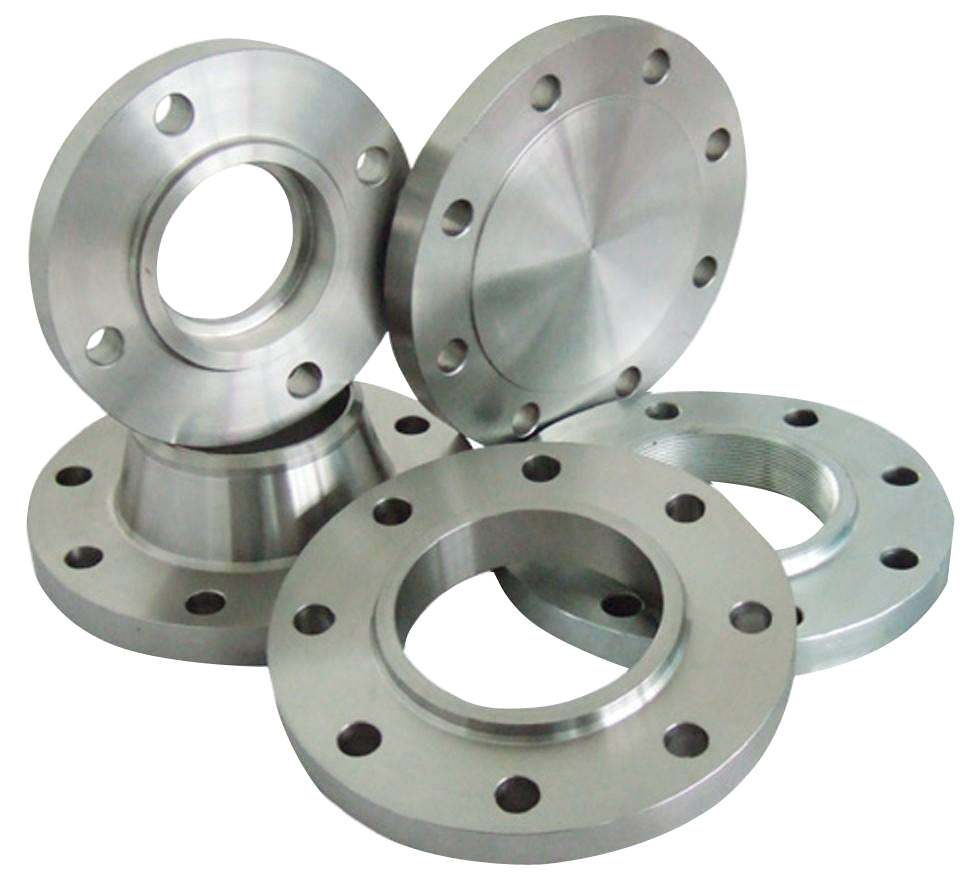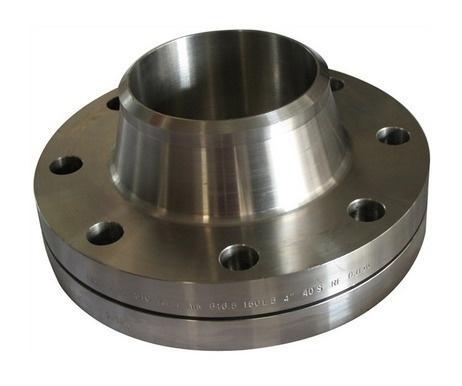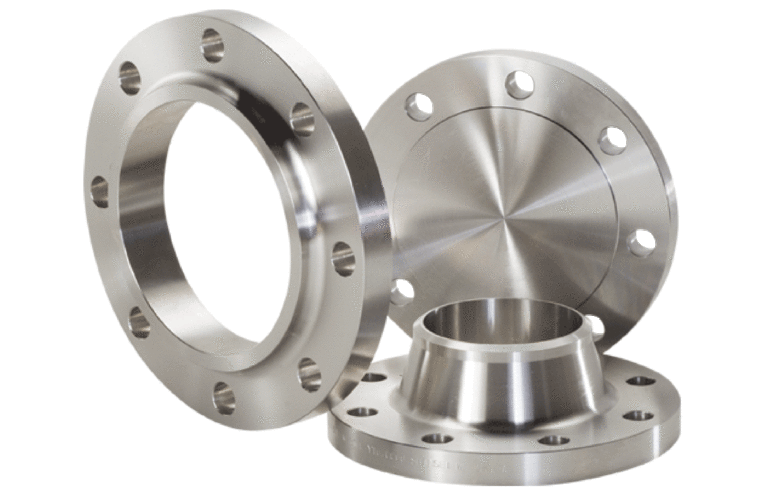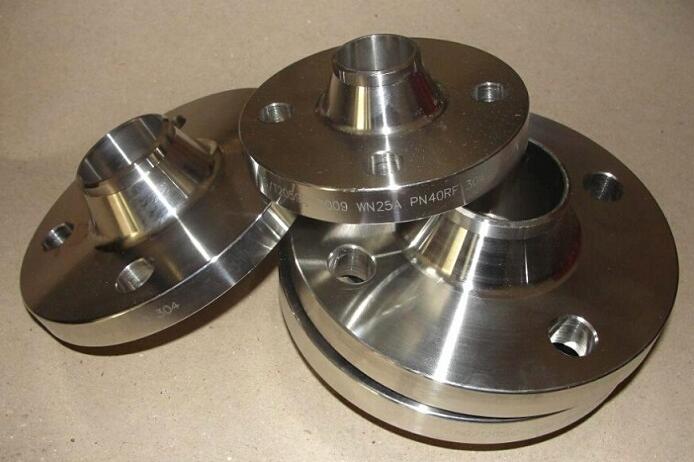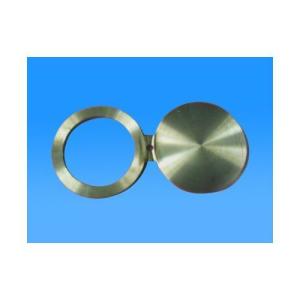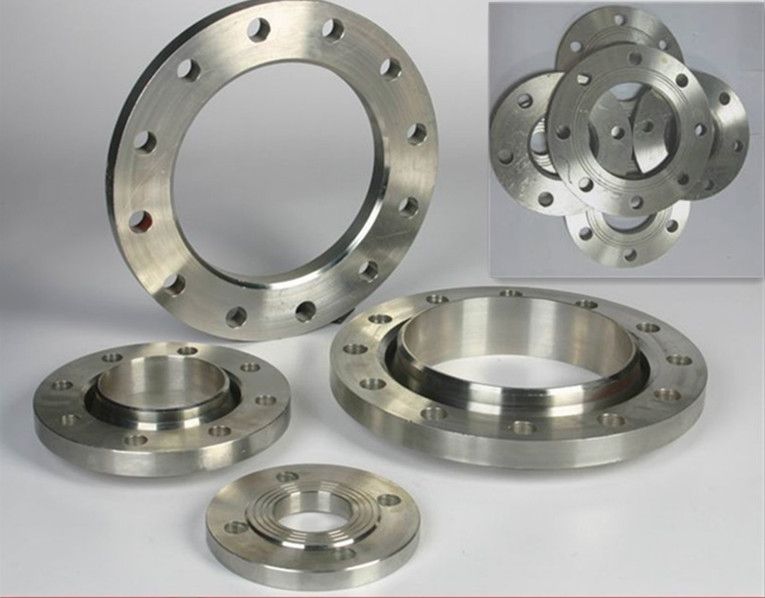Flange for pipes
What is flange ?
The flange connection is composed of flange, gasket and bolt nut connection. It is a detachable connection, can be used for pipe and valve, pipe and pipe, pipe and equipment connection. The flange connection has the flexibility of installation and disassembly, reliable sealing, high strength, simple structure, low cost, and can be repeatedly disassembled. Because the flange has good comprehensive performance, it is widely used in chemical industry, construction, water supply, drainage, petroleum, light and heavy industry, refrigeration, health, water heating, fire, power, aerospace, shipbuilding and other basic projects.
Types of the flanges:
Flanges can generally be divided into the following five types: slip on flanges, welding neck flanges, socket welded flanges, lap joint flanges, threaded flanges.
Slip on flange
Slip on flange refers to a flange connected with a container or pipeline by a fillet weld. And the flange ring has two kinds of neck and no neck. The slip on flange is simple in structure, less materials are used in production. However, the rigidity and tightness are not as good as the welding neck flange, which is widely used in the connection of medium and low pressure vessels and pipelines.

Welding neck flange
Welding neck flange generally refers to a neck and a round pipe transition, and butt welded with the pipe connection flange. It has the characteristics of easy deformation, good sealing, and corresponding rigidity and elasticity. The distance between the weld and the joint surface is large, and the joint surface will not be deformed because of the welding temperature. So it is widely used in the welding of pipelines.
Welding neck flanges are generally suitable for pipelines with large fluctuations in pressure or temperature; Secondly, it is often used in high temperature, high pressure, low temperature pipelines; It is also suitable for pipelines with expensive, flammable and explosive media.

Socket welding flange
Socket welding flange refers to the pipe end inserted into the flange ring ladder, welded in the pipe end and the outer flange. The socket welding flange has good rigidity, small welding deformation, good sealing. So it can be used for the occasion of 1.0~10.0MPa pressure.

Lap joint flange
Lap joint flange is also called looping flange, loose sleeve flange is the use of flanging, steel ring and other flange on the pipe end, the flange can be moved on the pipe end. The steel ring or flanging is the sealing surface, and the role of the flange is to press them. It can be seen that because it is blocked by the steel ring or flanging, the flange does not contact the medium, and the pipe can be more convenient to disassemble and assemble.
The Lap joint flange is suitable for the connection of steel, aluminum and other non-ferrous metals and stainless acid-resistant steel containers and corrosion resistant pipelines.

Threaded flange
The threaded flange is a kind of non-welded flange, which machined the inner hole of the flange into a thread and connected with the pipe with a thread. Compared with slip on flanges or welding neck flanges, threaded flanges are easy to install and maintain. Therefore, it can be used in some pipelines where welding is not allowed on site.
Advantage:
It has the advantage that no welding is required, and the additional torque generated by flange deformation on the cylinder or pipe is small.
Disadvantage:
The disadvantage is that the flange thickness is large, the cost is high. It is suitable for the connection of high pressure pipelines. However, under the condition that the temperature of the pipeline changes sharply, it is not recommended to use threaded flanges to avoid leakage.


